Thanks to the hack squat, the secrets of lower body strength are now laid bare.
If your goal is to sculpt powerful quads, robust glutes, resilient hamstrings, and defined calves, look no further than the hack squat. This exercise, a clever twist on the classic barbell squat, employs a specialized machine designed to support your form. By leaning back and driving the weight with your legs, you can effectively minimize strain on your lower back while honing in on those crucial lower body muscles.
Mastering the Hack Squat Machine
How to Execute the Hack Squat
To embark on this journey of strength, you’ll need access to a hack squat machine, a contraption that resembles a sled equipped with a foot platform and shoulder pads. Follow these steps to ensure you’re performing the exercise with precision:
-
Position Yourself: Step onto the platform, positioning your feet shoulder-width apart, toes slightly angled outward.
-
Set Up: Nestle your shoulders beneath the pads and grasp the handles on either side for added stability.
-
Unhook and Descend: Release the safety catches and gently lower your body until your thighs reach parallel with the floor. If your mobility allows, feel free to go a touch deeper.
-
Pause: Hold steady for a moment at the bottom of your descent.
-
Rise Up: Engage your heels to push through and return to the starting position.
-
Repeat: Continue for your desired number of repetitions.
-
Rack the Weight: Once your sets are complete, re-engage the safety catches to secure the weight sled.
Targeted Muscles
The hack squat is a compound movement that activates a multitude of muscle groups in your lower body:
-
Quadriceps: The four muscles at the front of your thighs (rectus femoris, vastus lateralis, vastus medialis, and vastus intermedius) are the primary drivers of knee extension.
-
Glutes: Comprising three muscles (gluteus maximus, gluteus medius, and gluteus minimus), the glutes play a pivotal role in hip extension.
-
Hamstrings: The trio of muscles (biceps femoris, semitendinosus, and semimembranosus) located at the back of your thighs assist in knee flexion and hip extension.
-
Calves: The gastrocnemius and soleus muscles in your lower legs engage to facilitate ankle plantarflexion.
Benefits of the Hack Squat
Integrating the hack squat into your workout arsenal provides numerous advantages over traditional barbell squats:
-
Reduced Lower Back Strain: With no heavy barbell resting on your shoulders, the hack squat offers a kinder alternative for your lower back and spine.
-
Enhanced Stability and Comfort: The machine’s design provides a stable platform, alleviating the need to balance the weight and minimizing the risk of falling.
-
Increased Load Capacity: The fixed position allows for greater force application, enabling you to lift heavier weights.
-
Focused Muscle Isolation: With less emphasis on your core and upper body, you can zero in on developing those lower body muscles.
Final Thoughts
The hack squat stands as a formidable exercise for building strength and mass in your lower body, particularly your quadriceps. Moreover, it serves as a safer alternative to barbell squats, reducing the strain on your back and spine. Make the hack squat a staple in your workout routine to elevate your lower body development and overall strength.


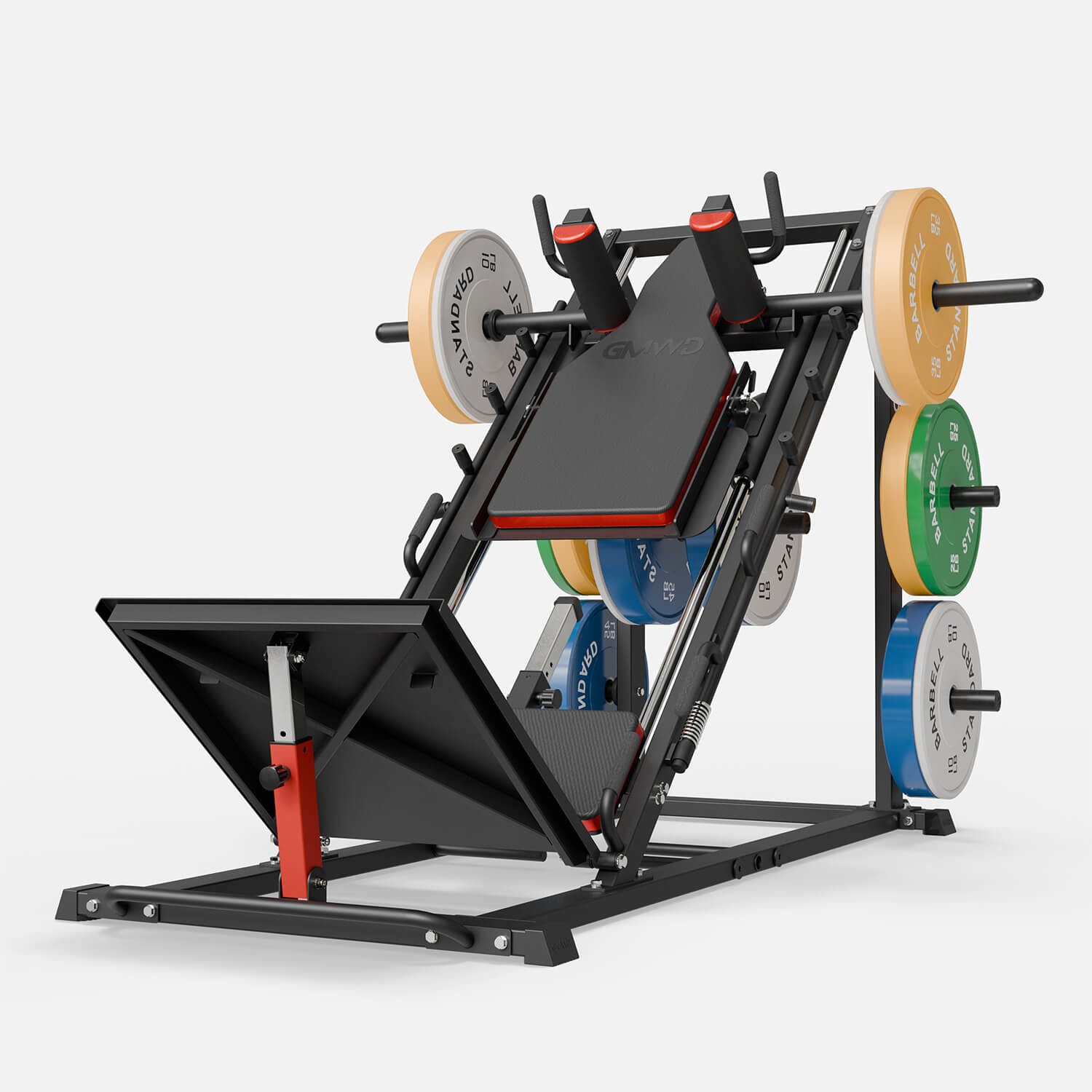
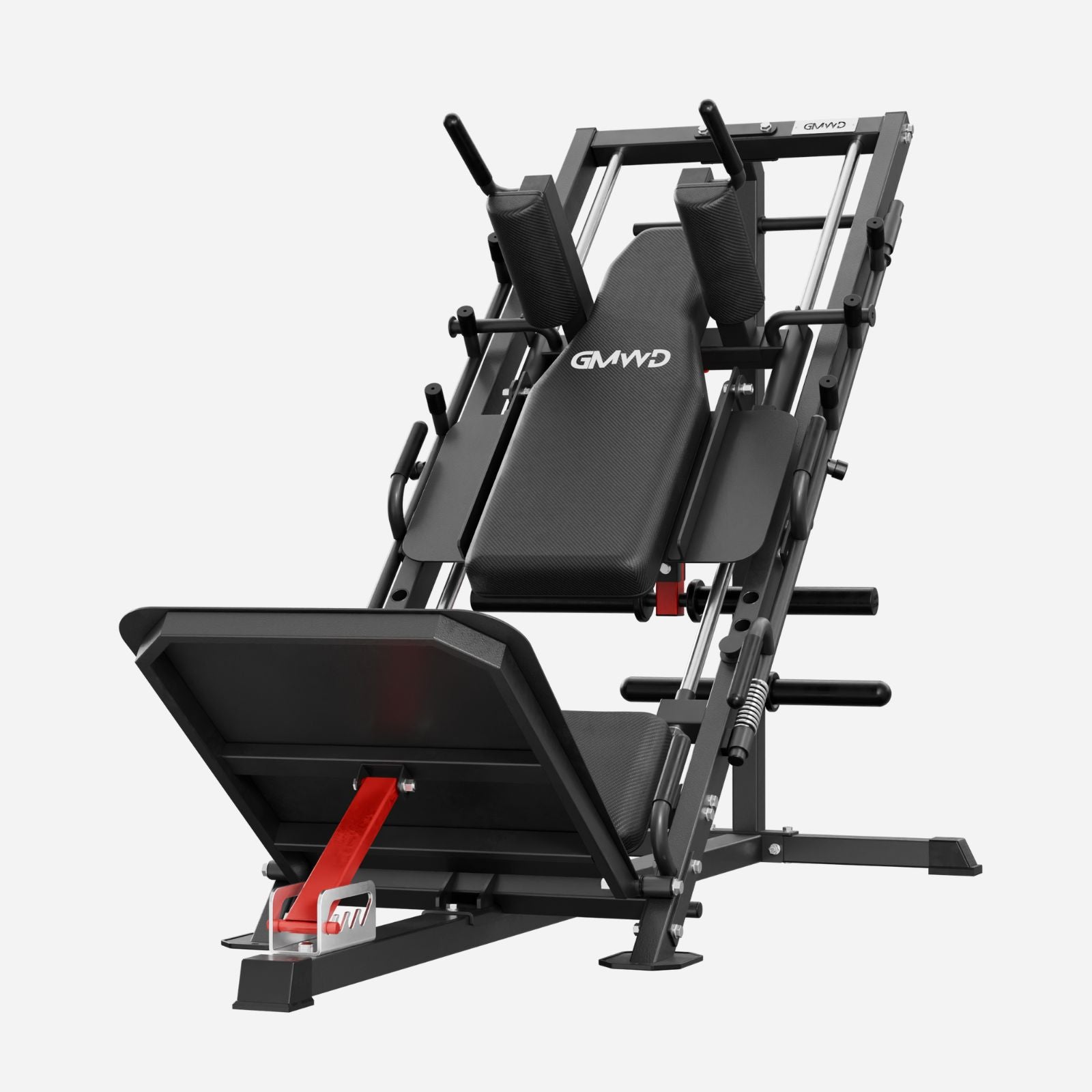
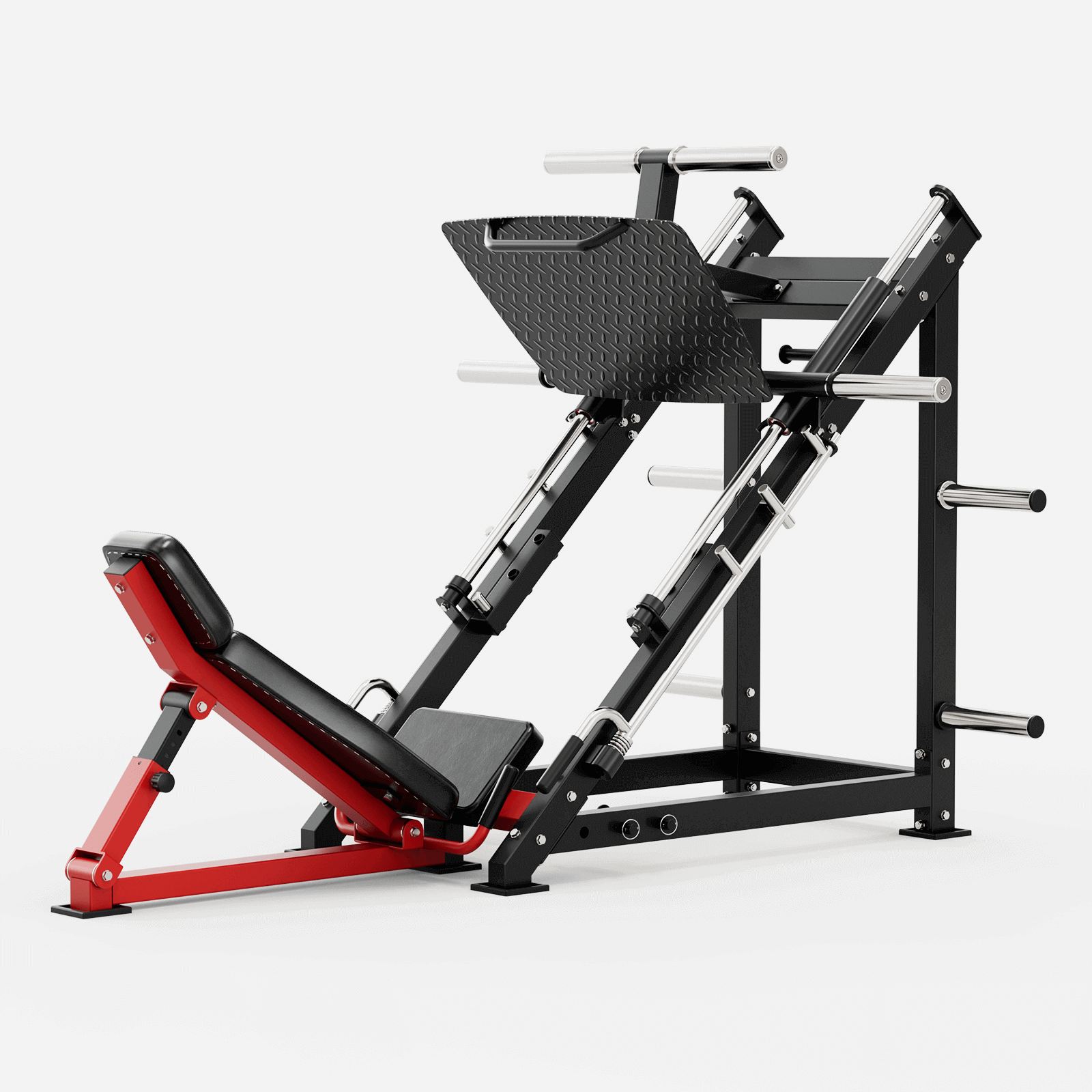
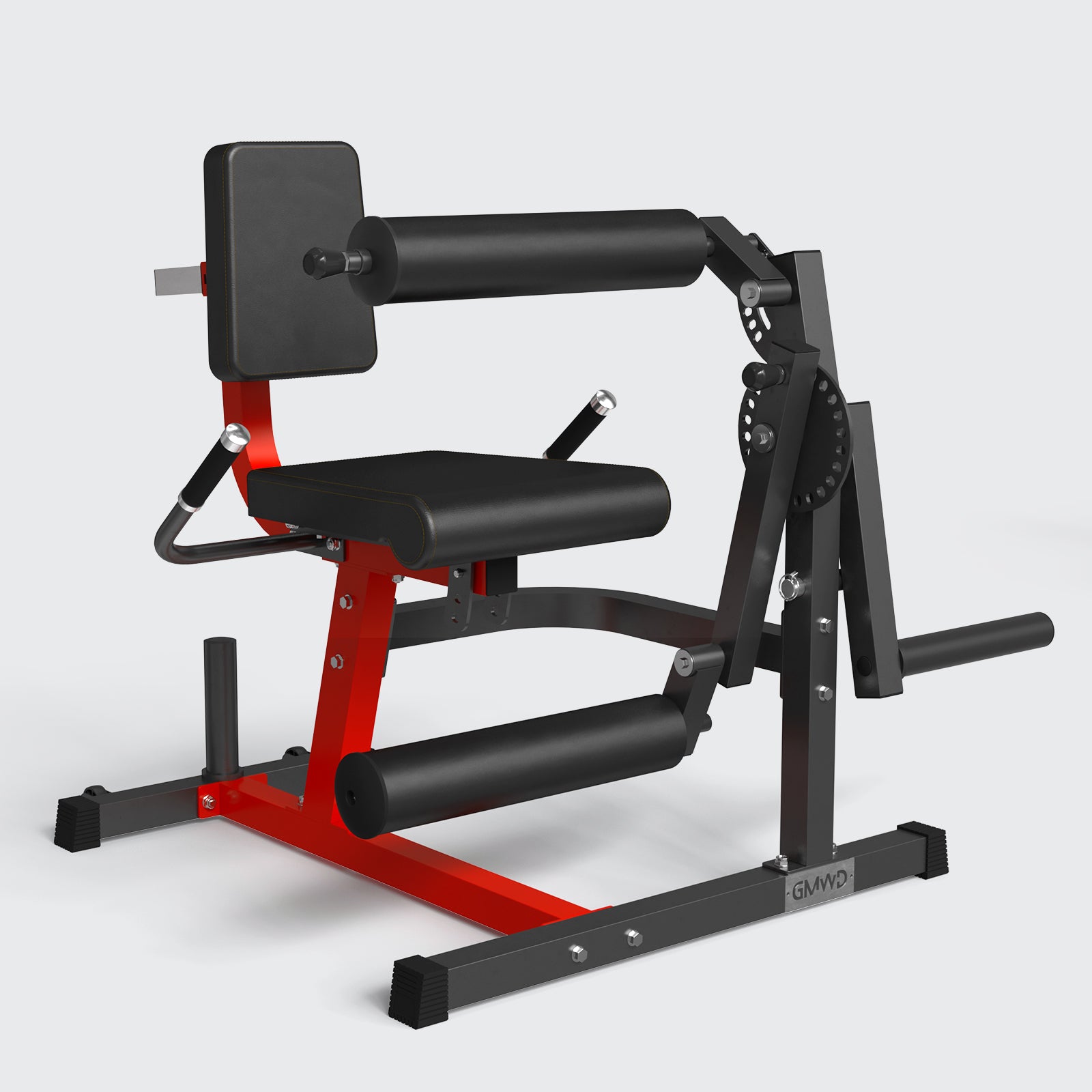
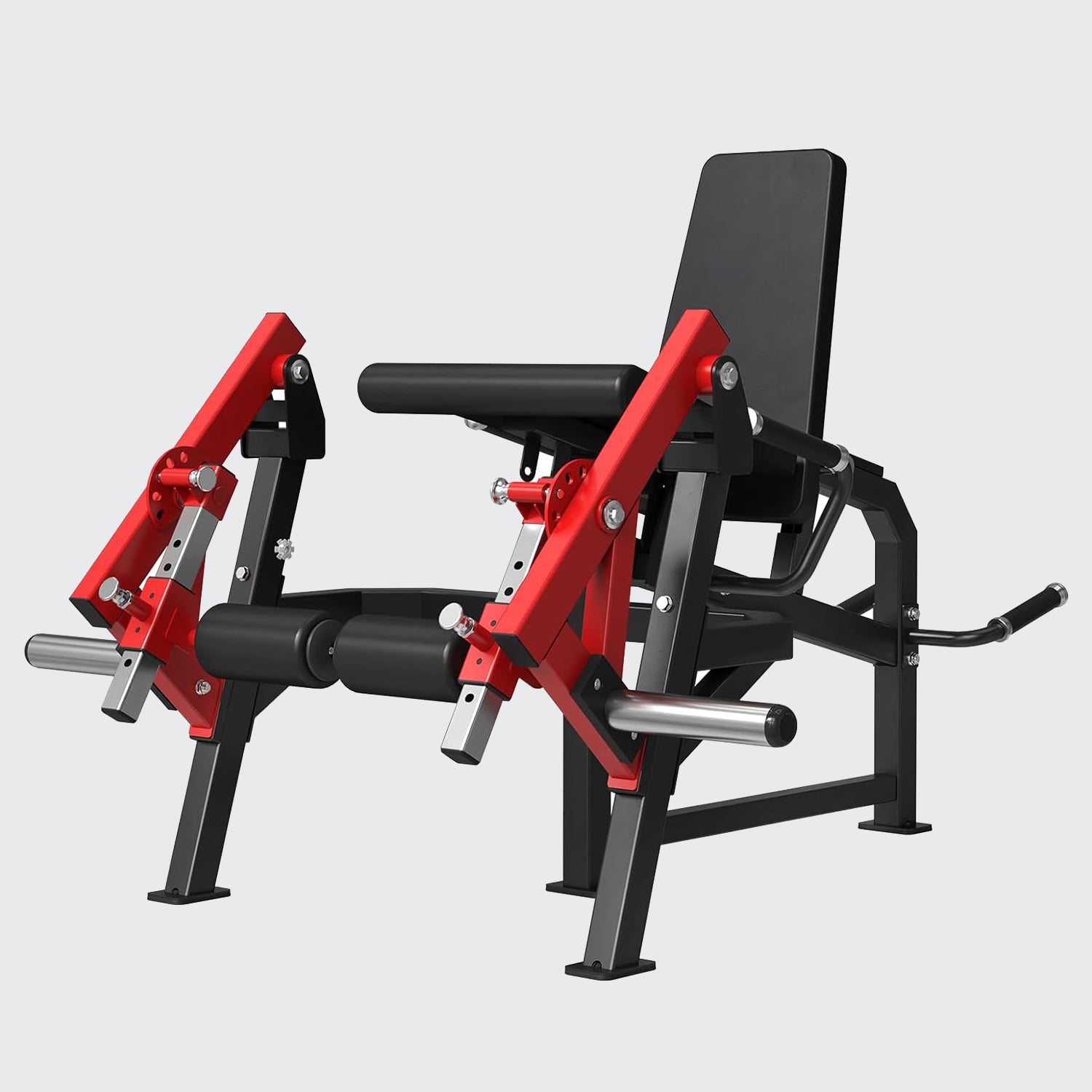
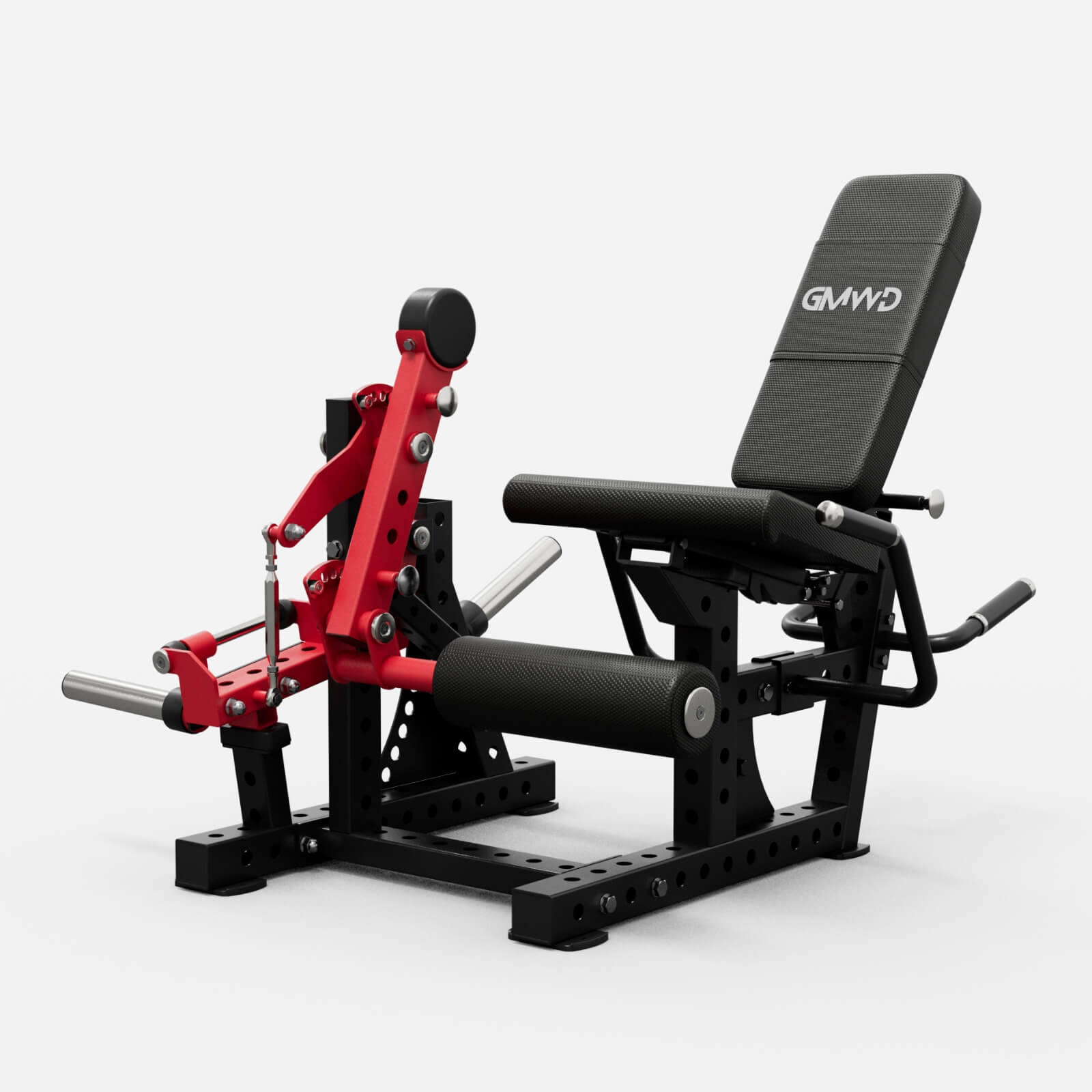
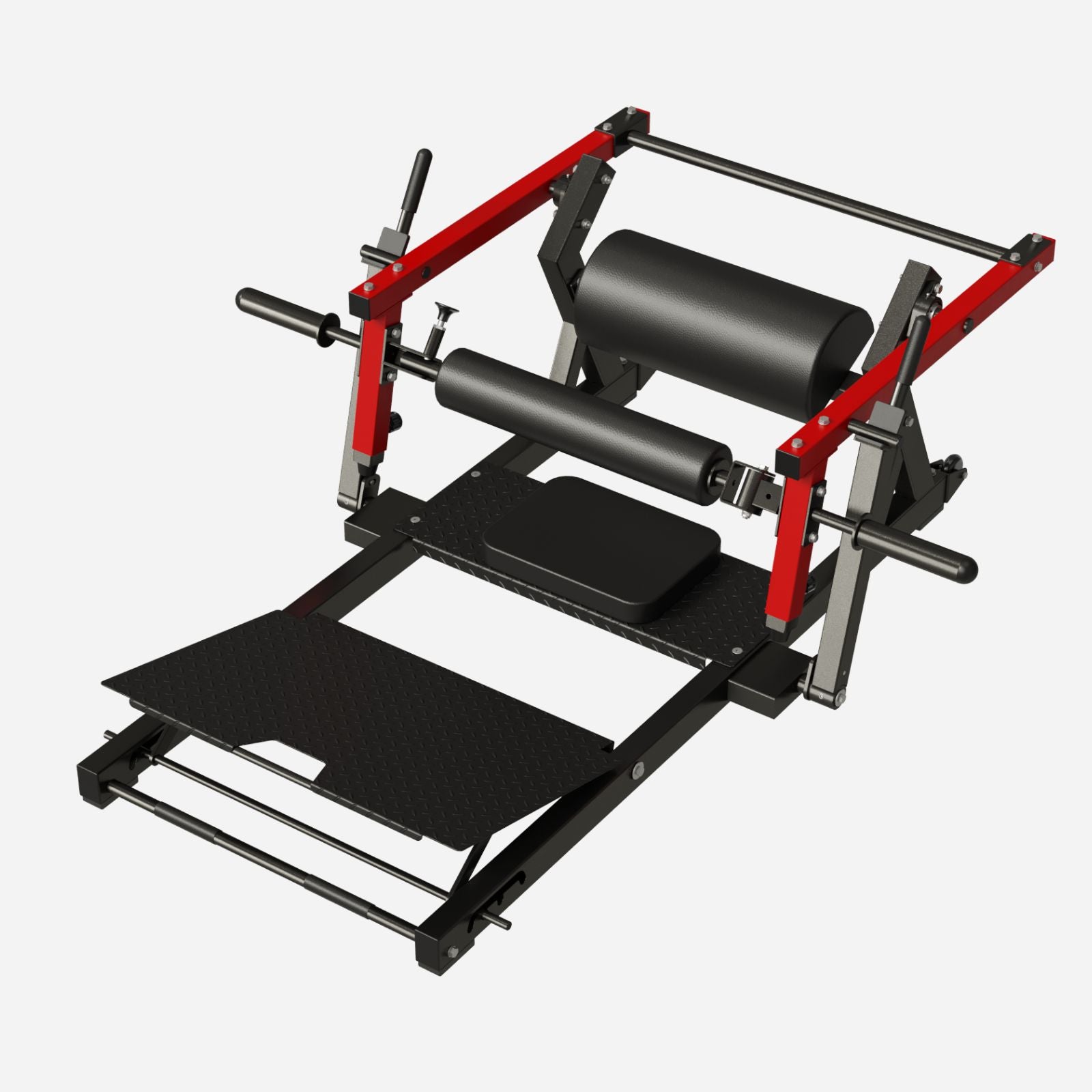

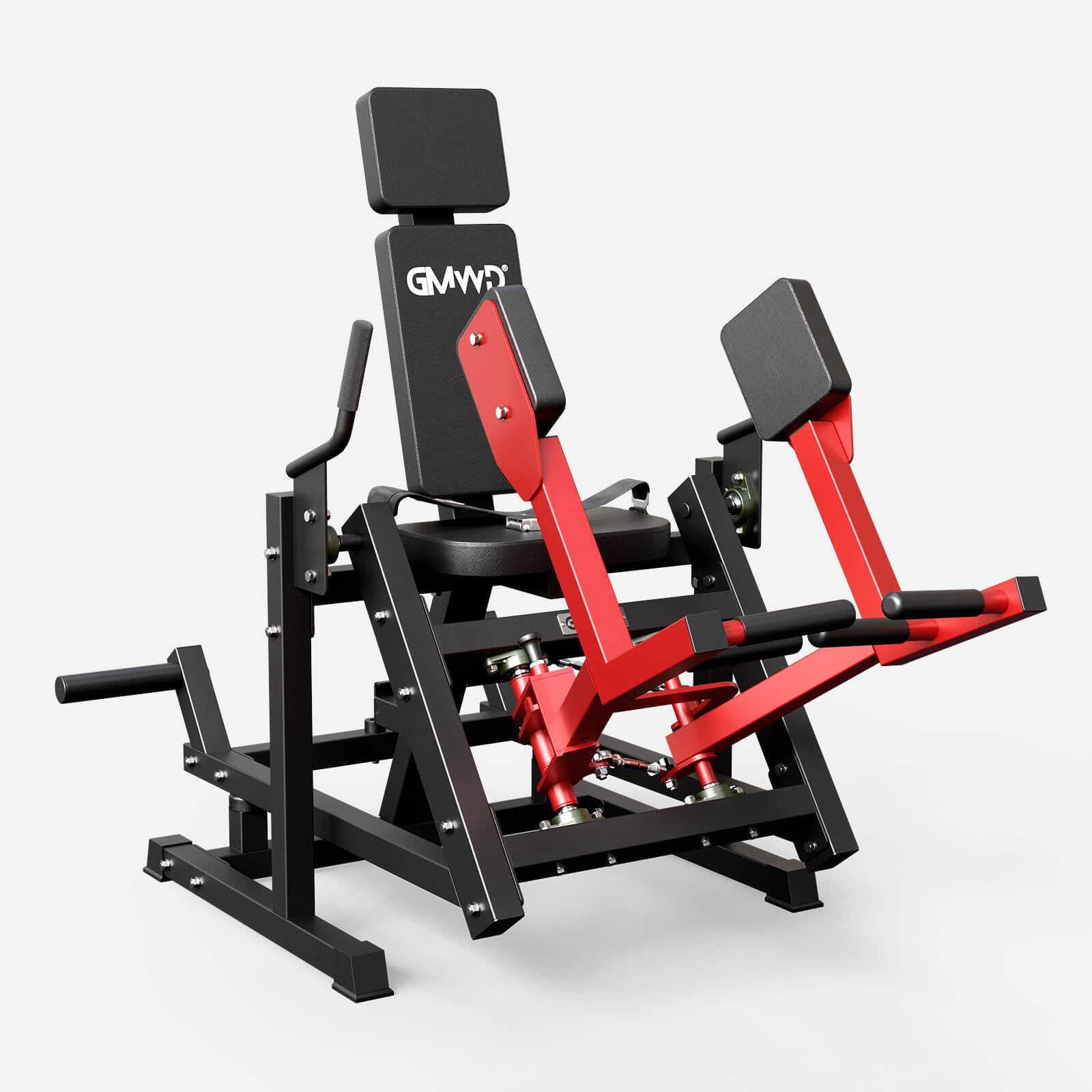
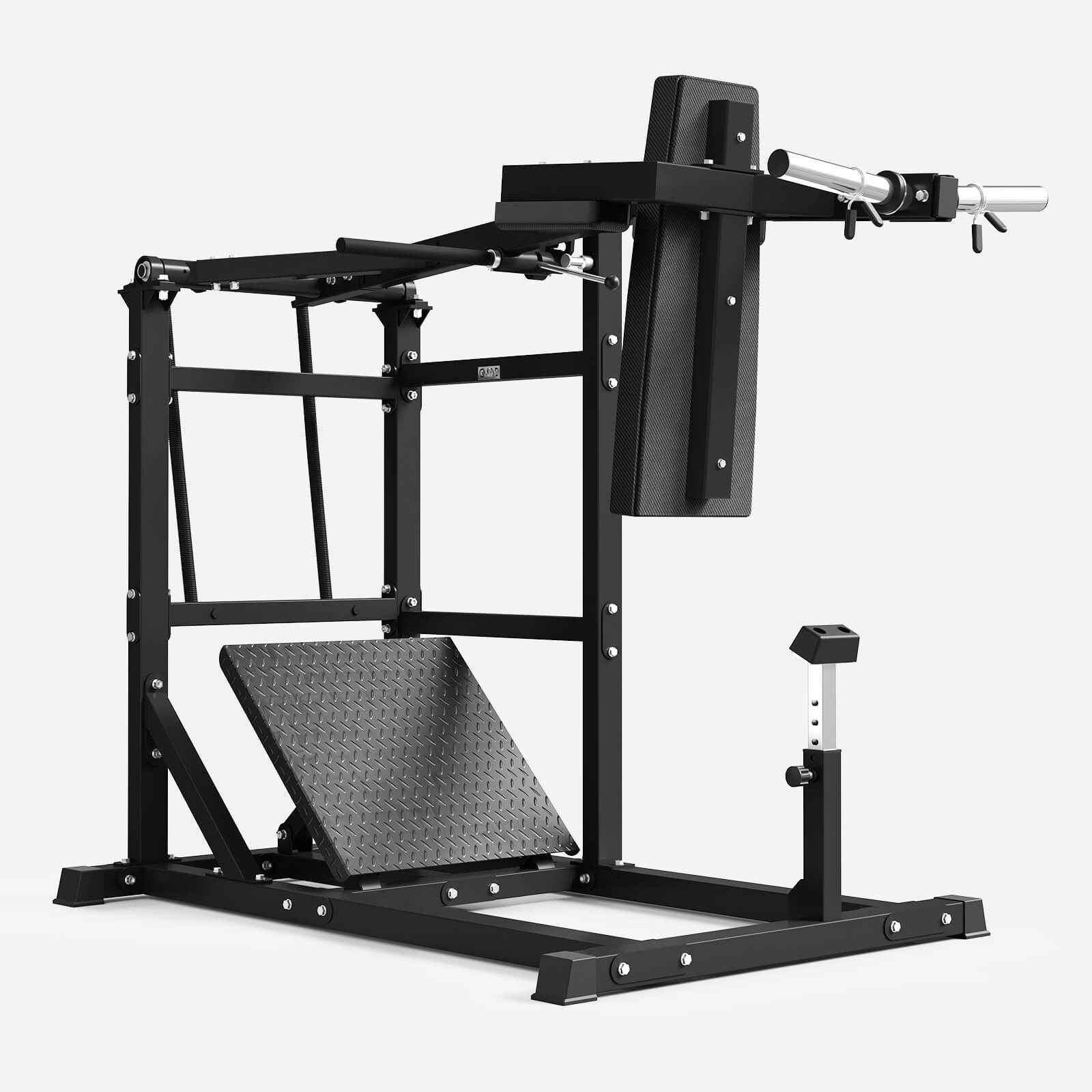
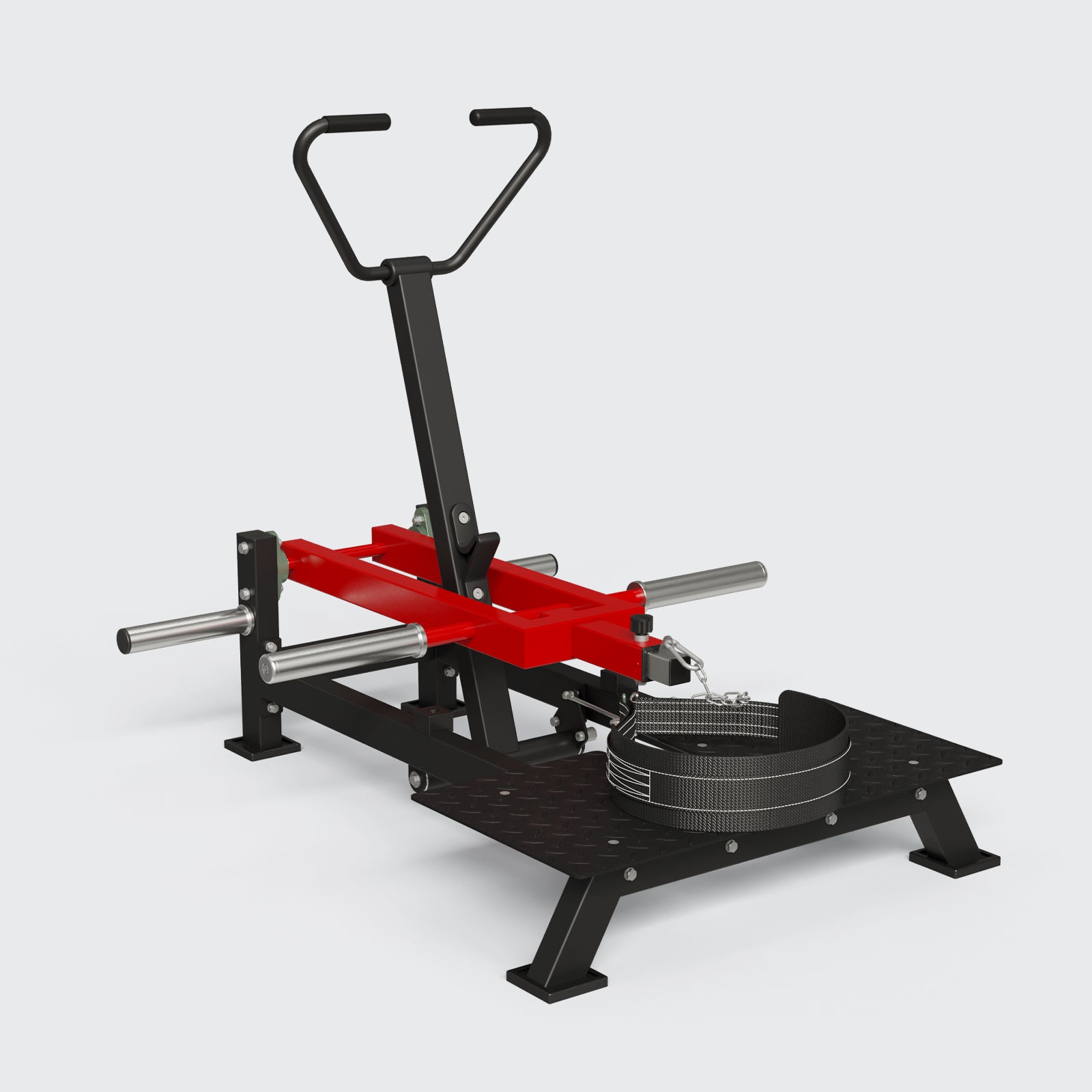
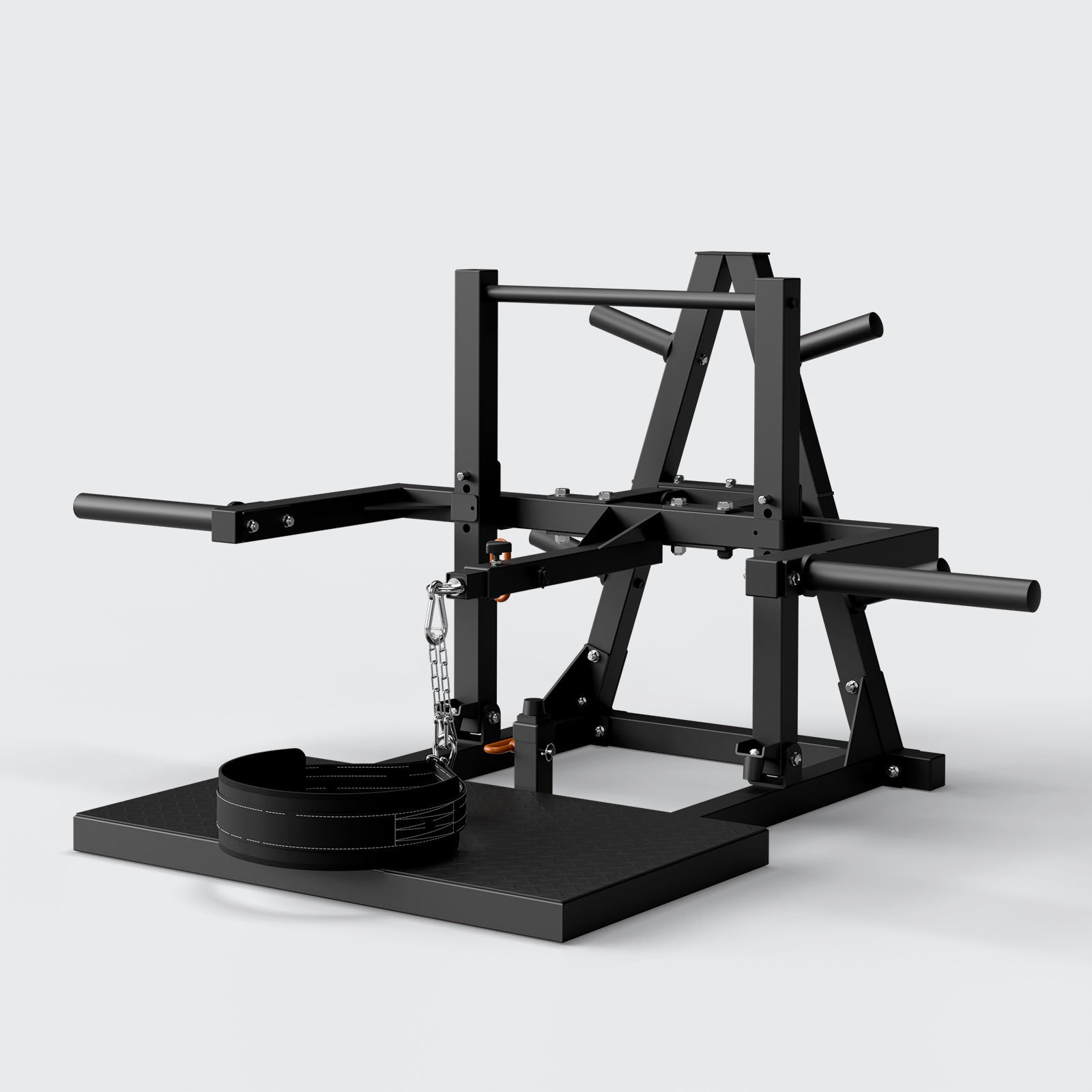

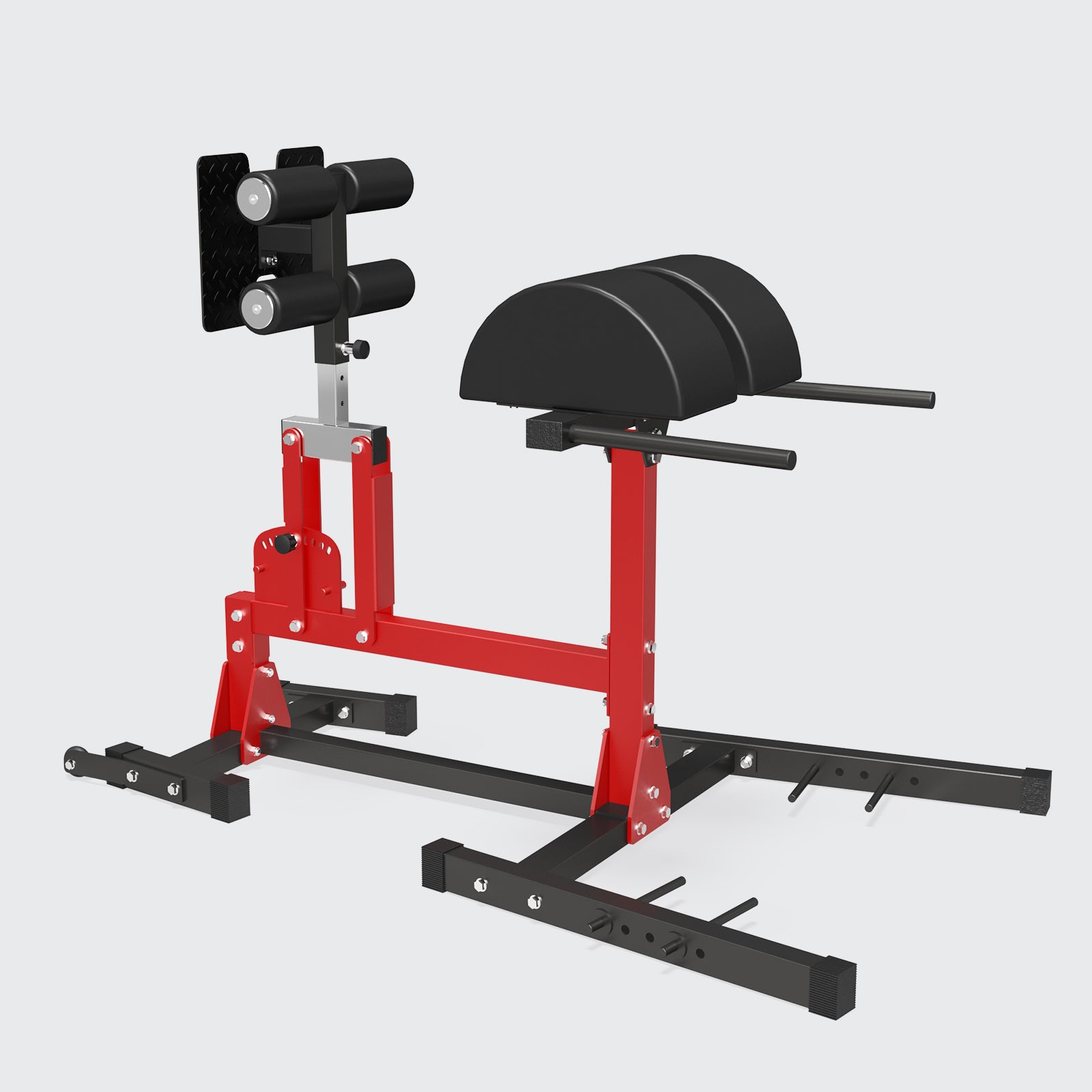
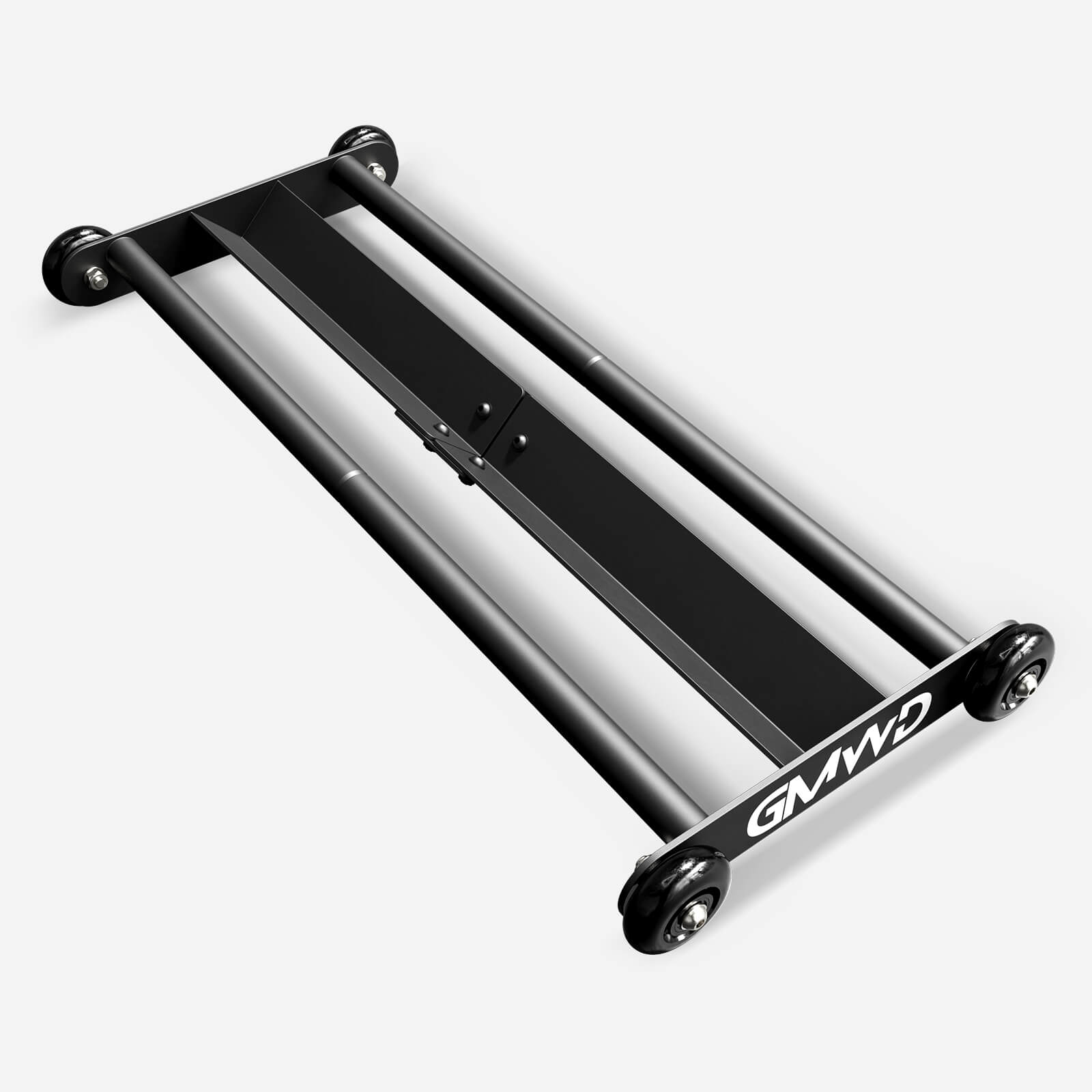
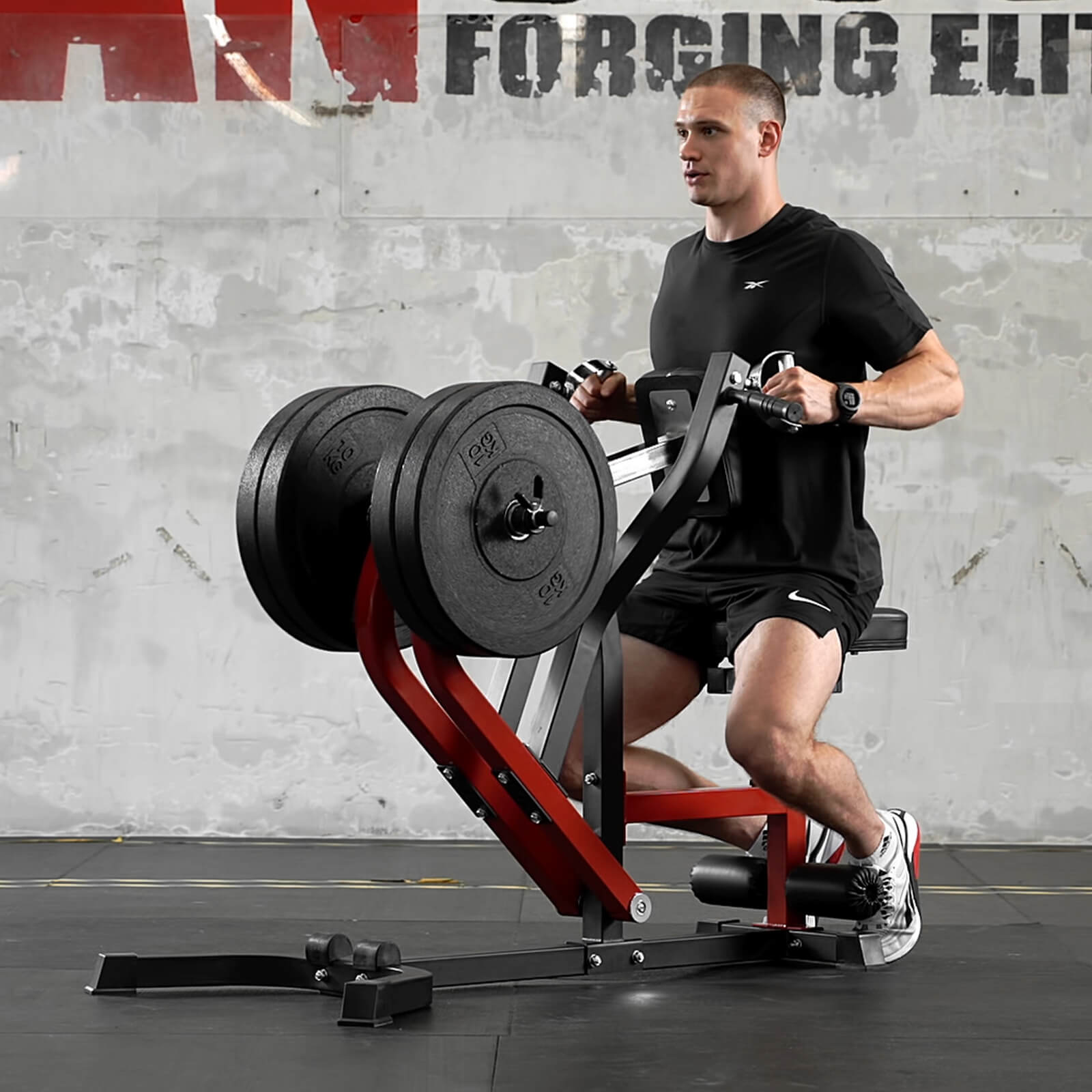
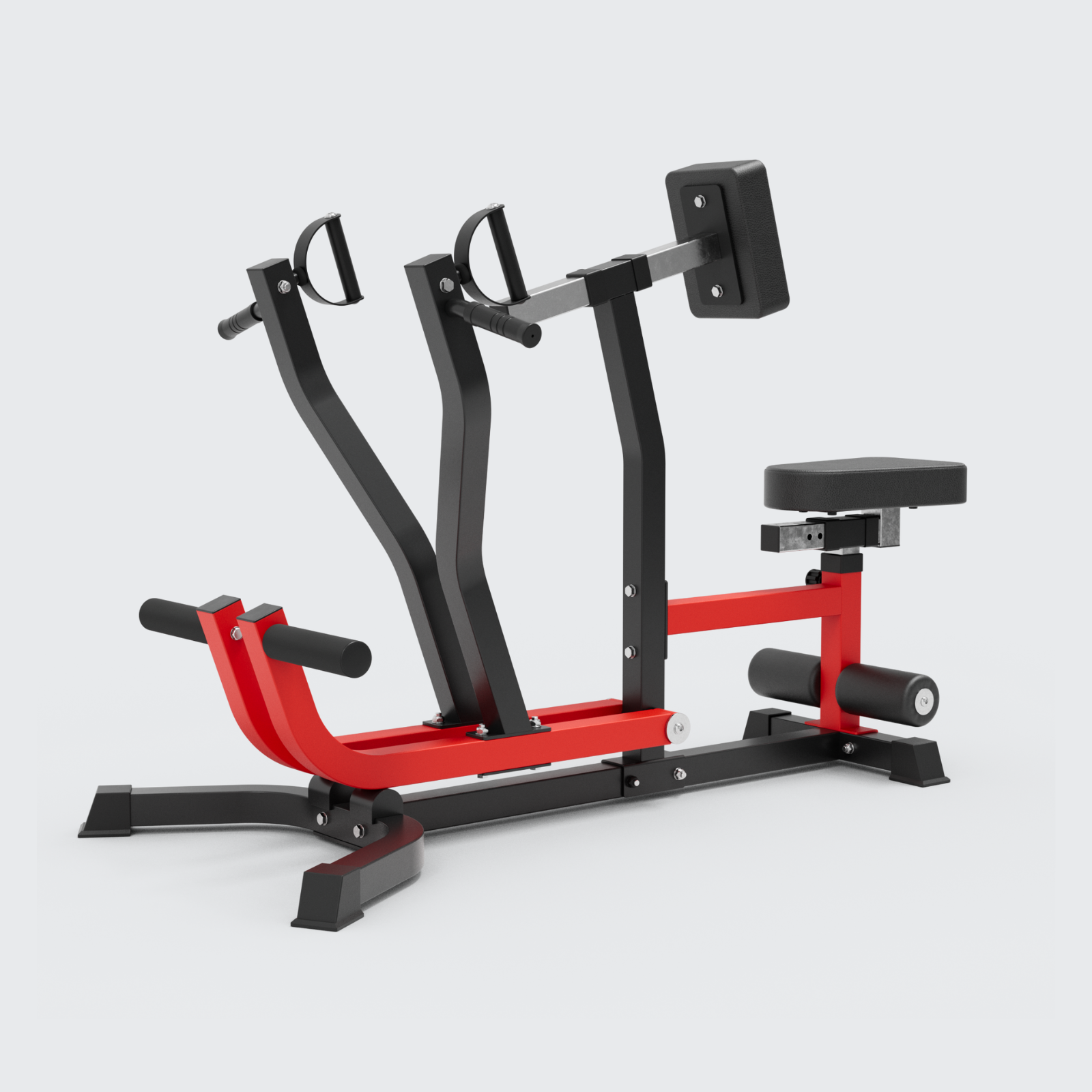
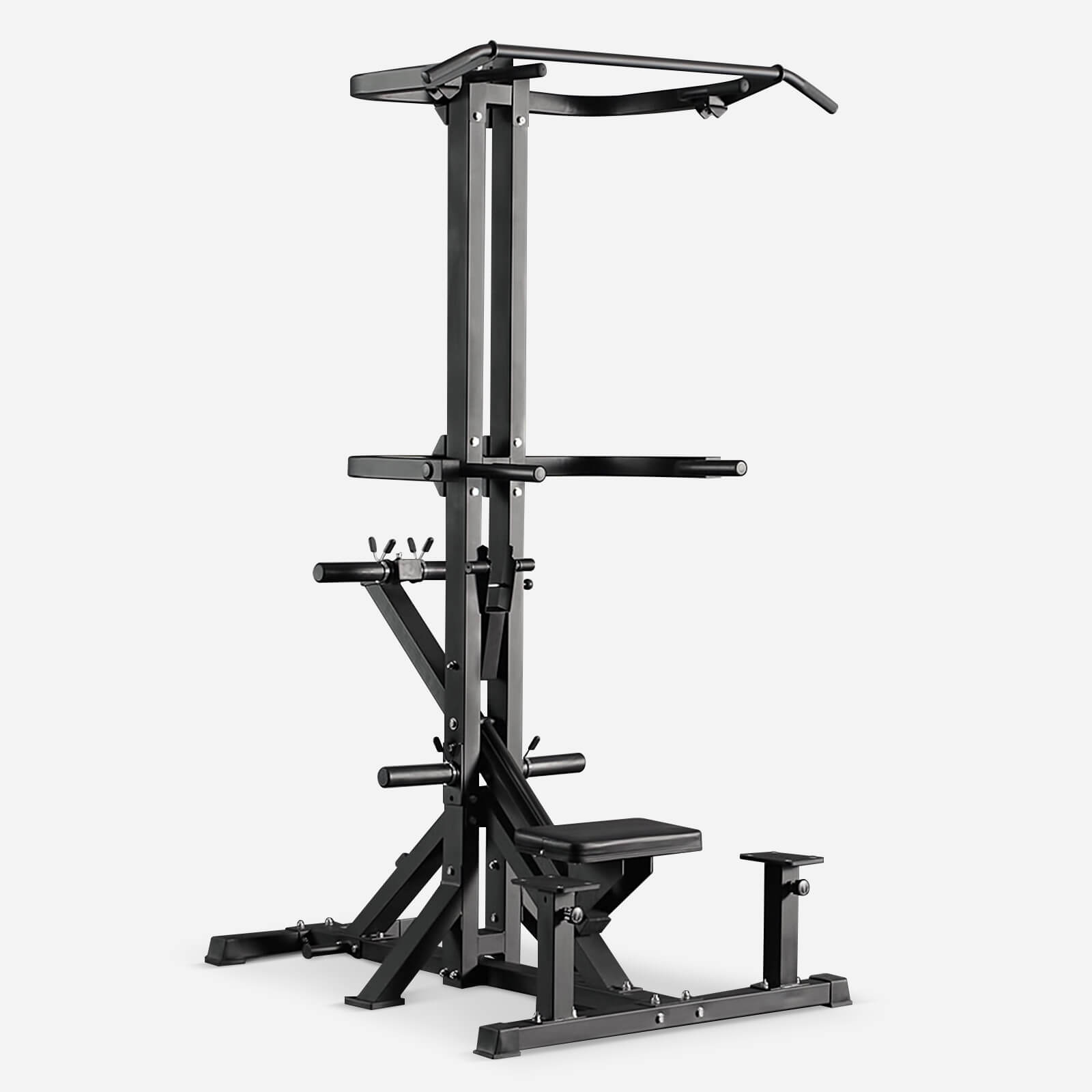
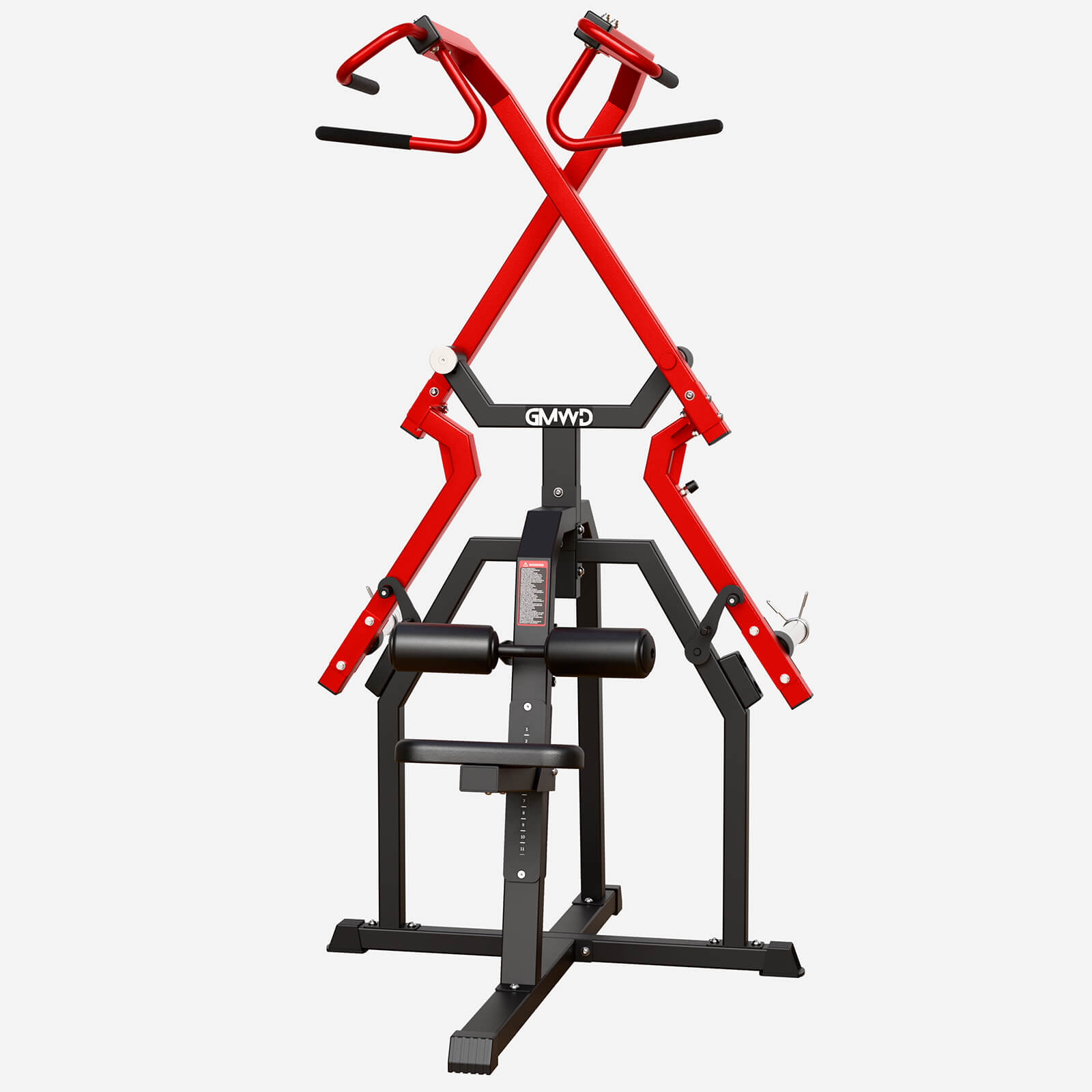
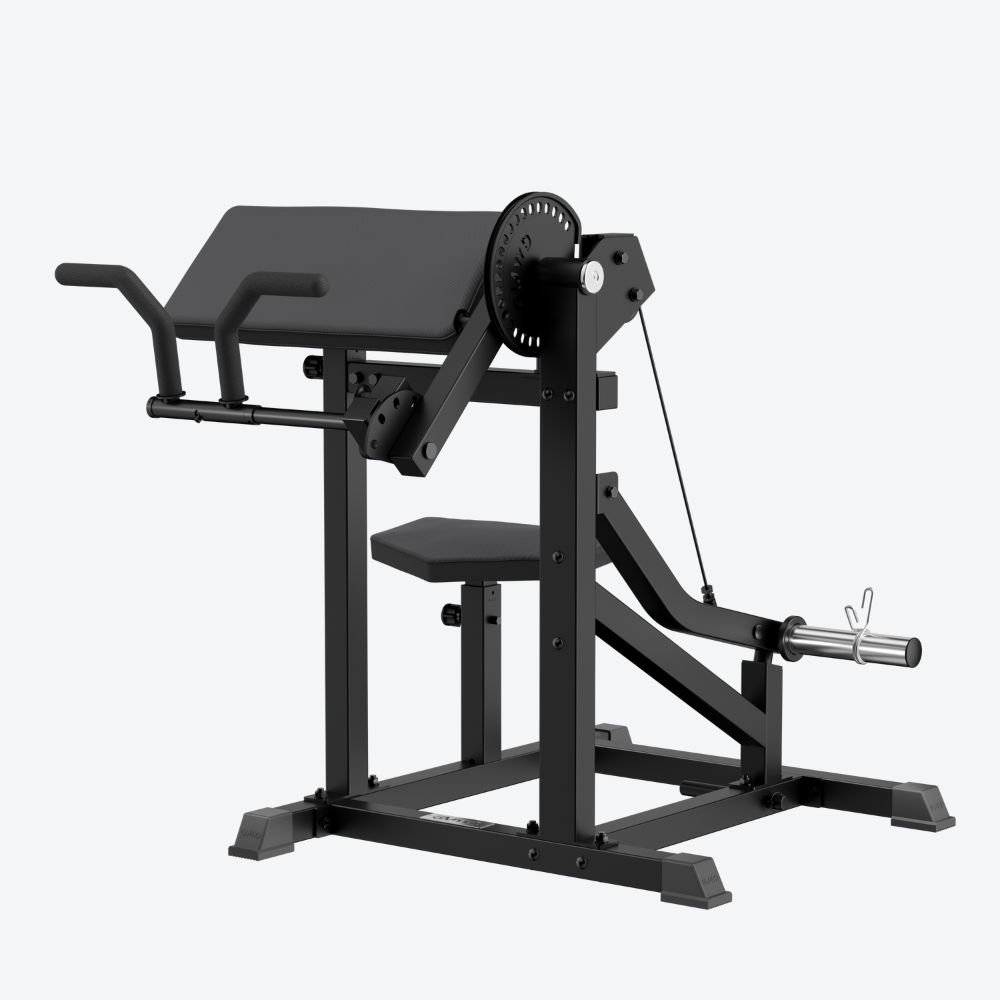
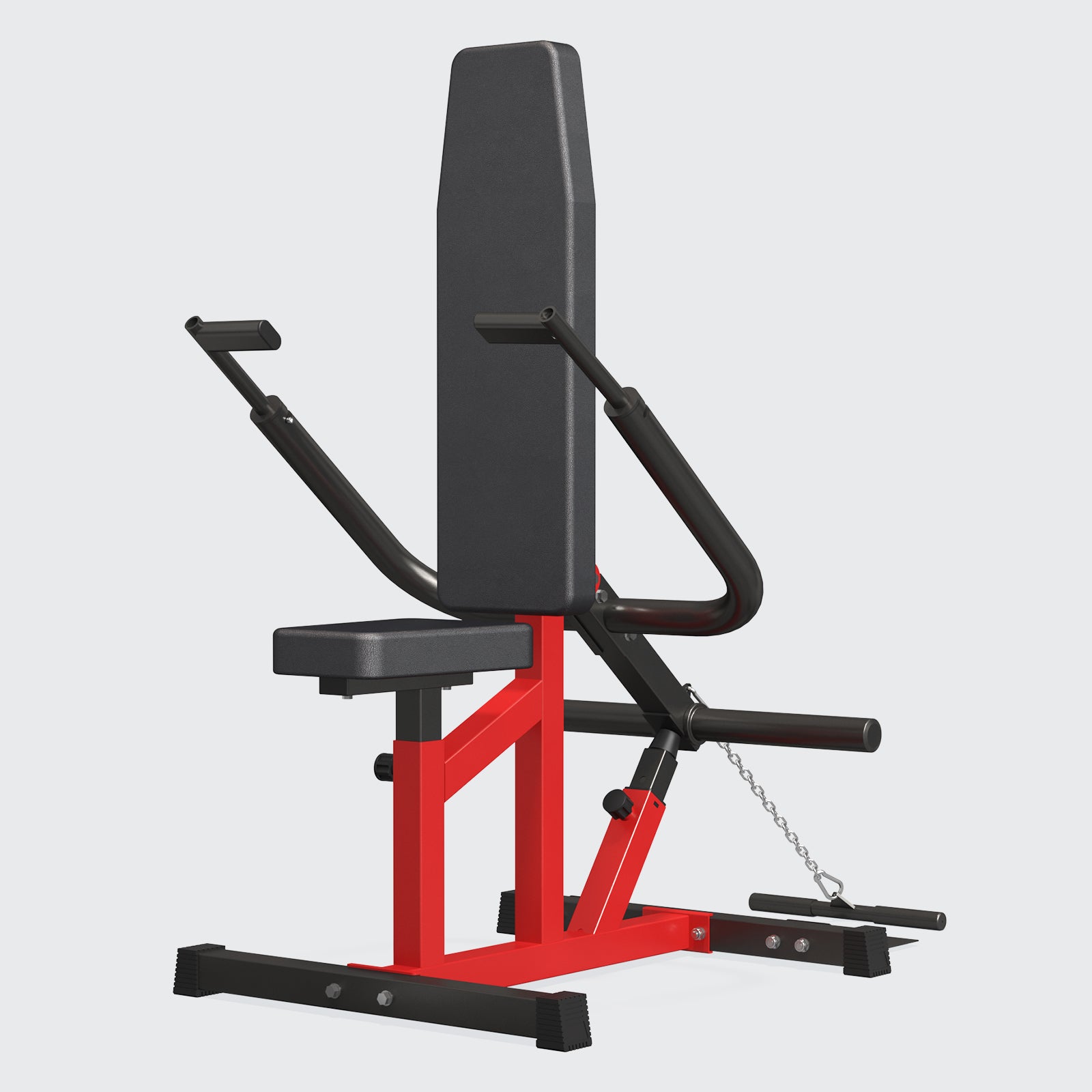
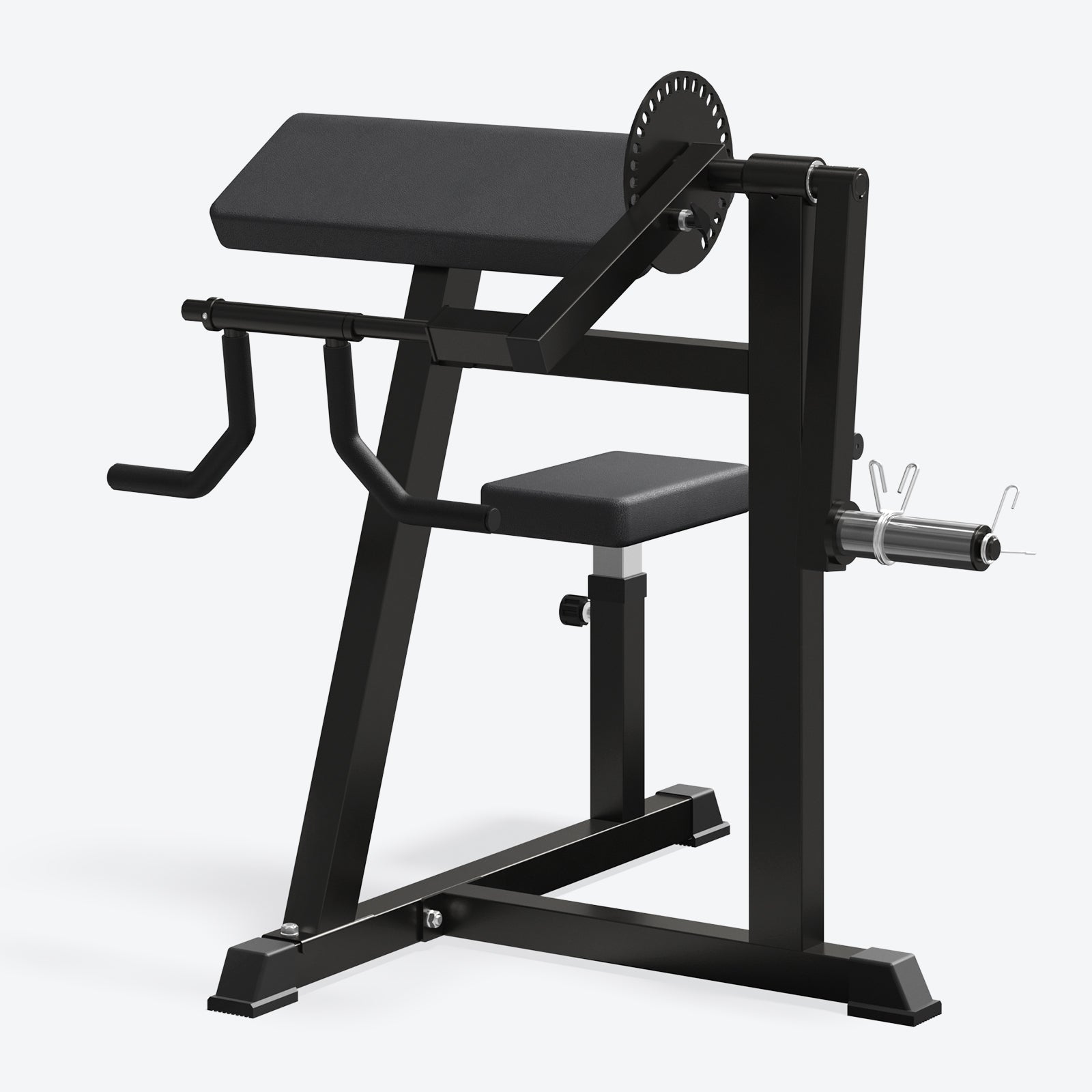
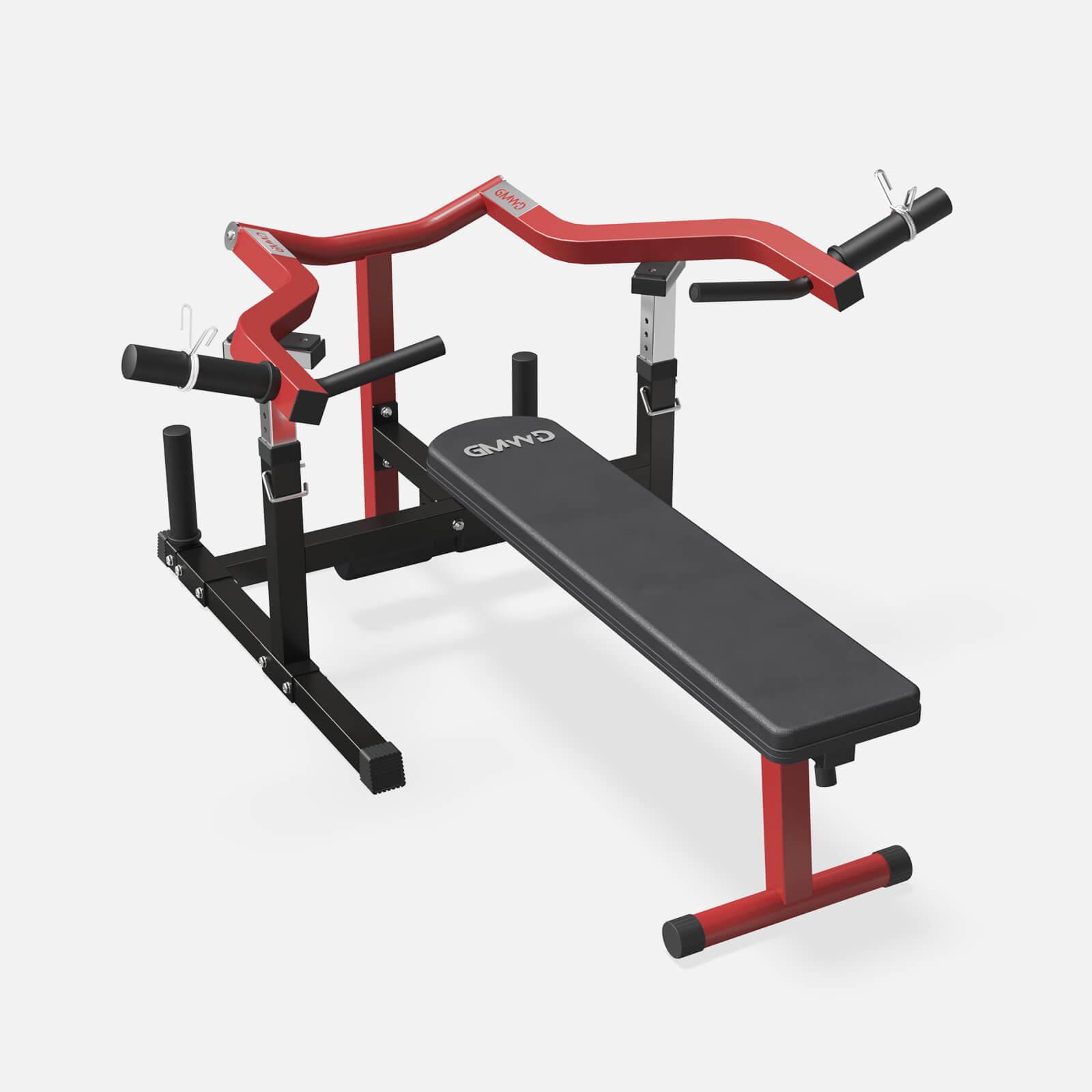
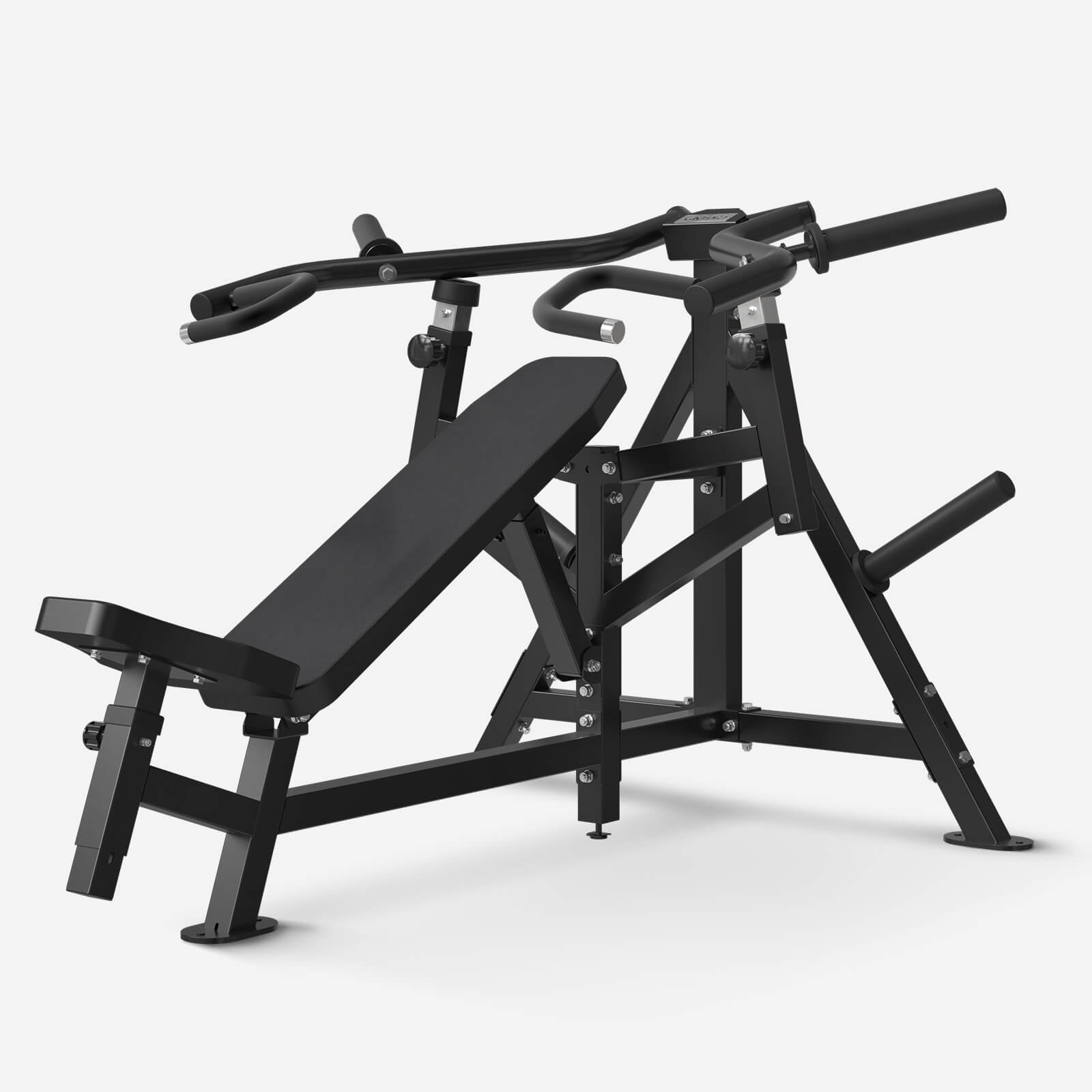
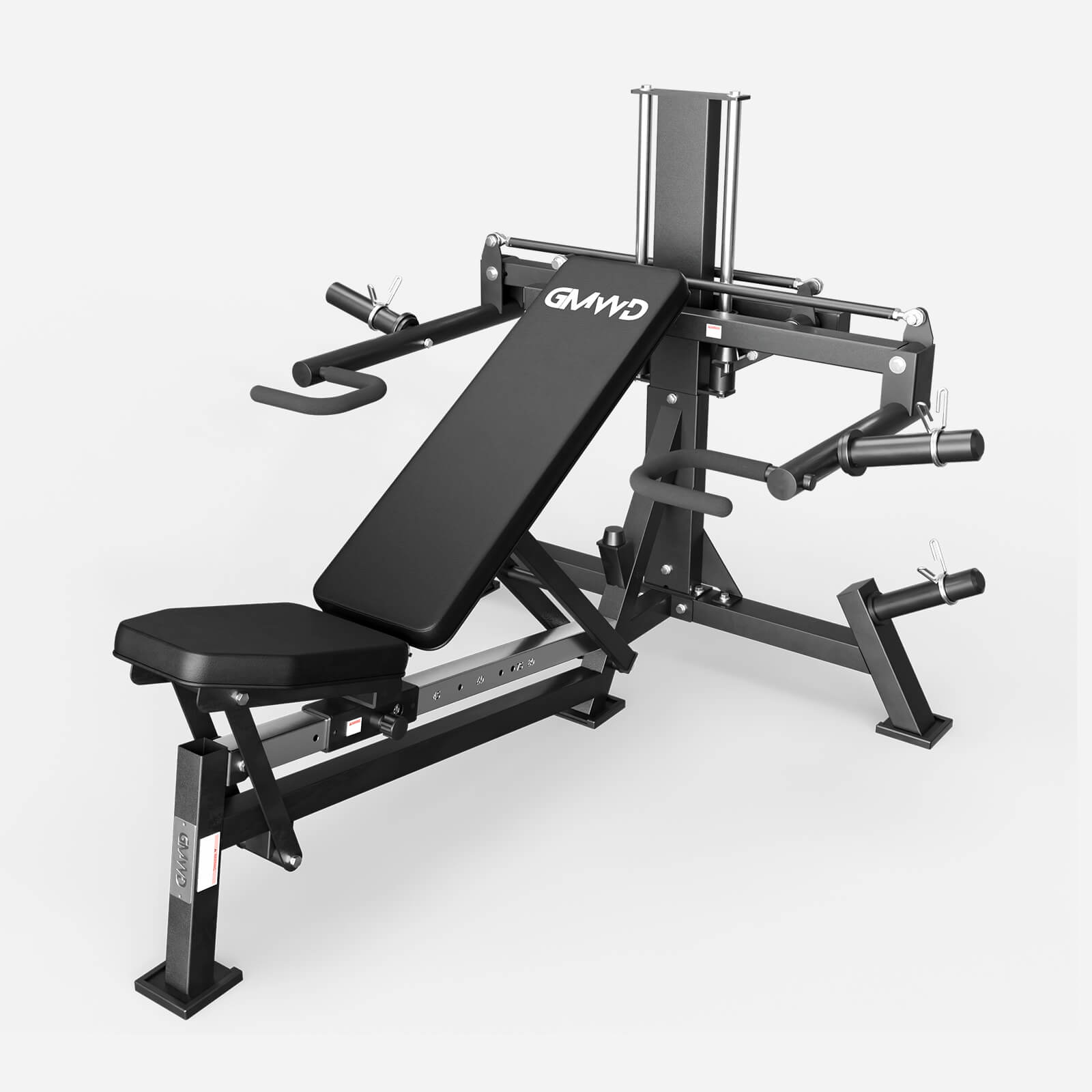
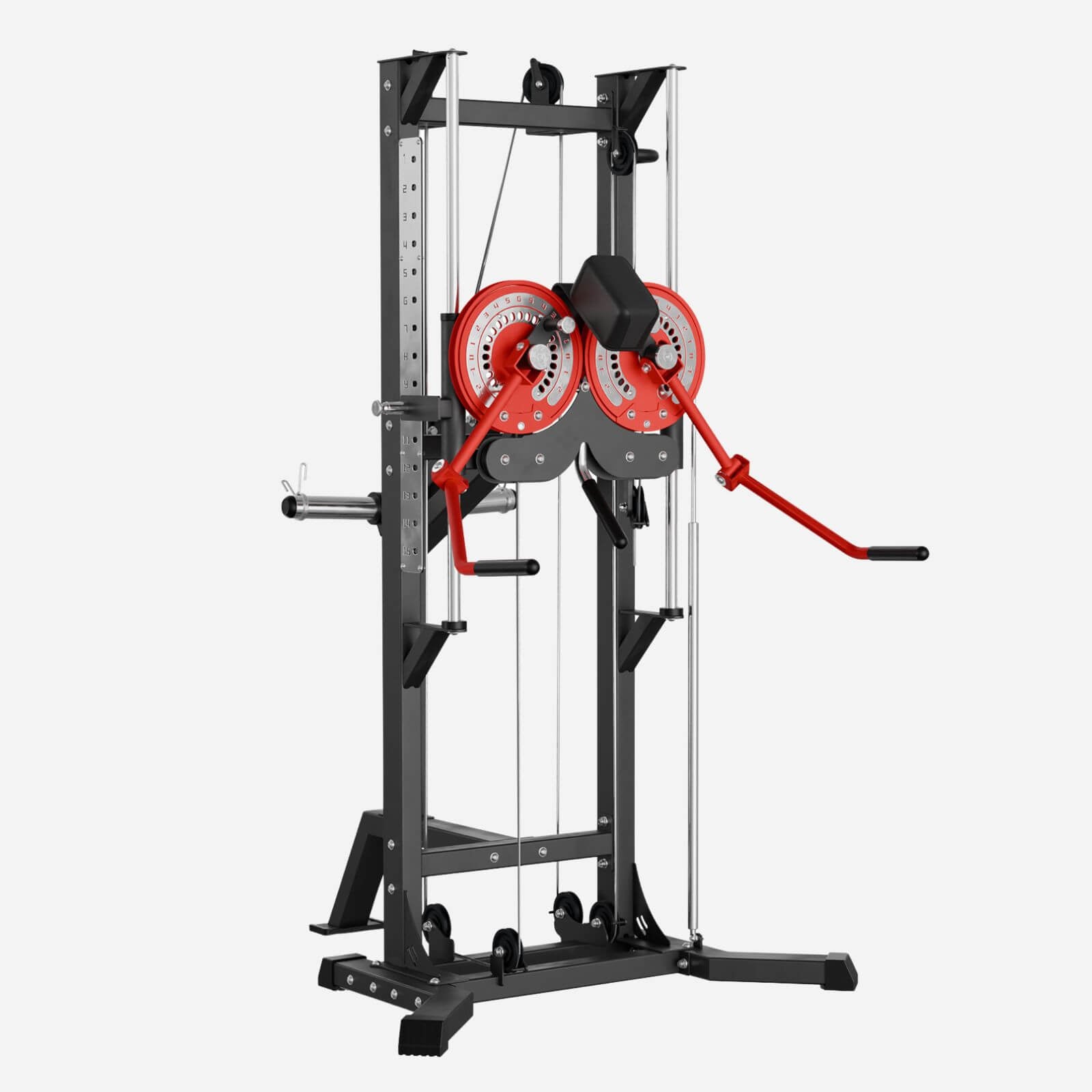
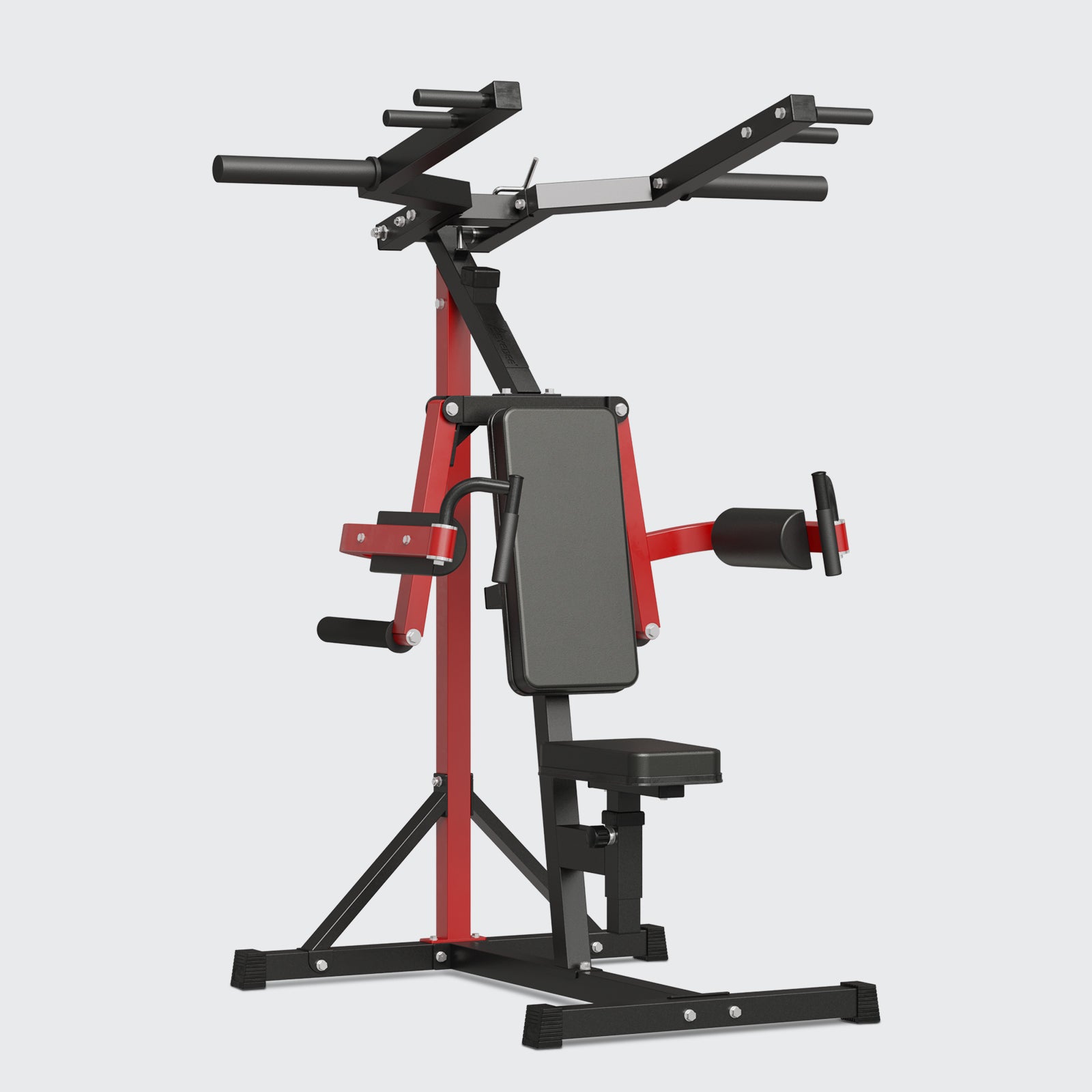
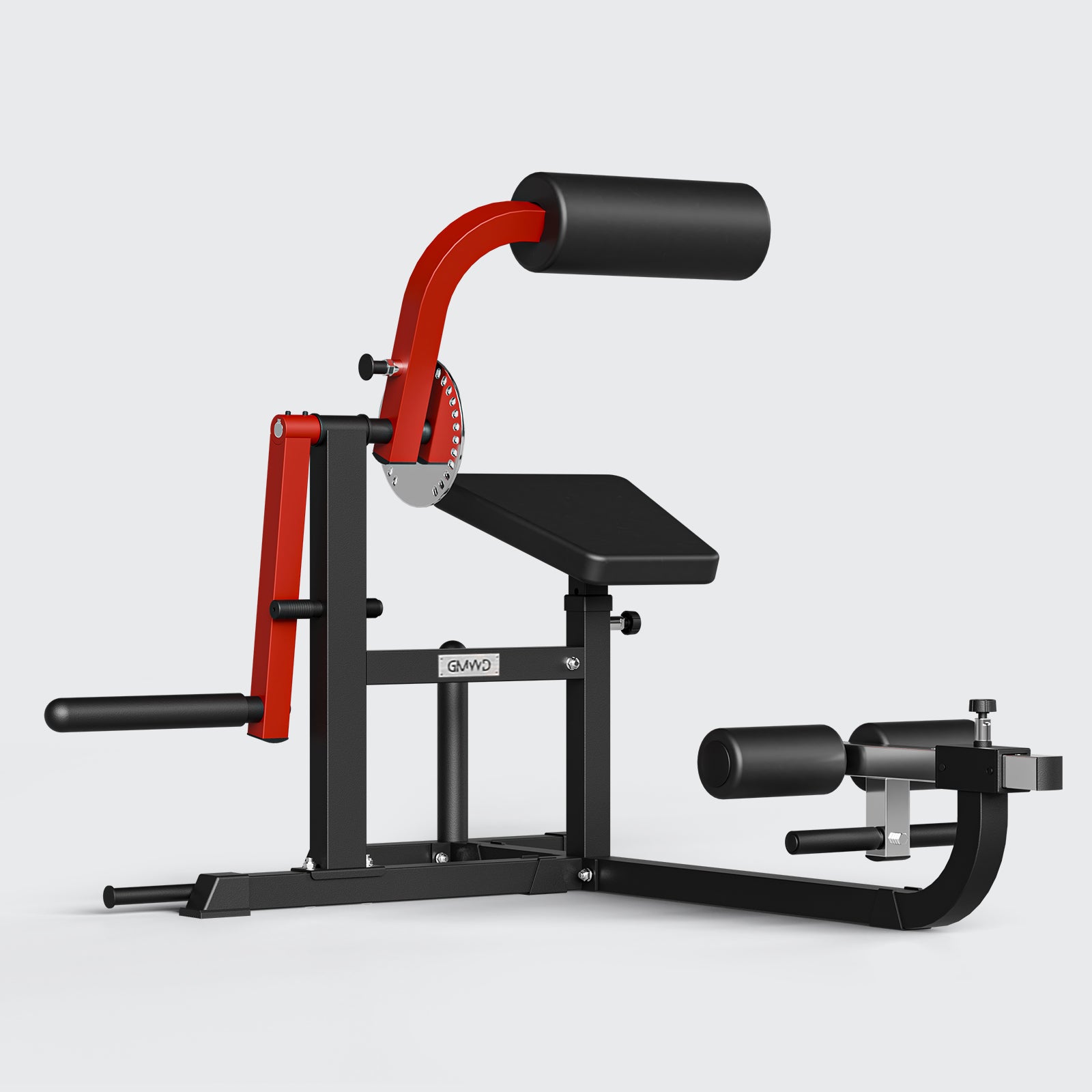
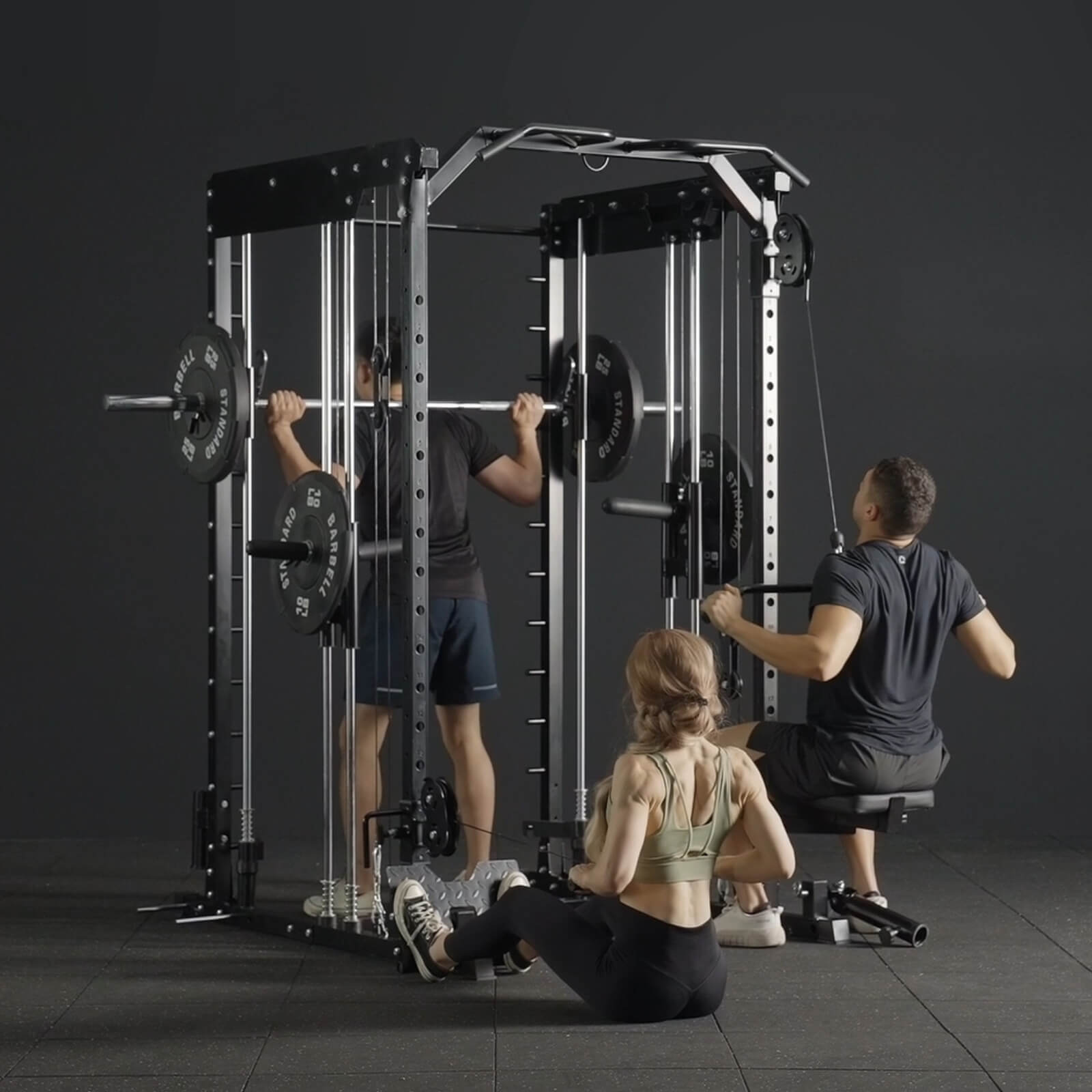

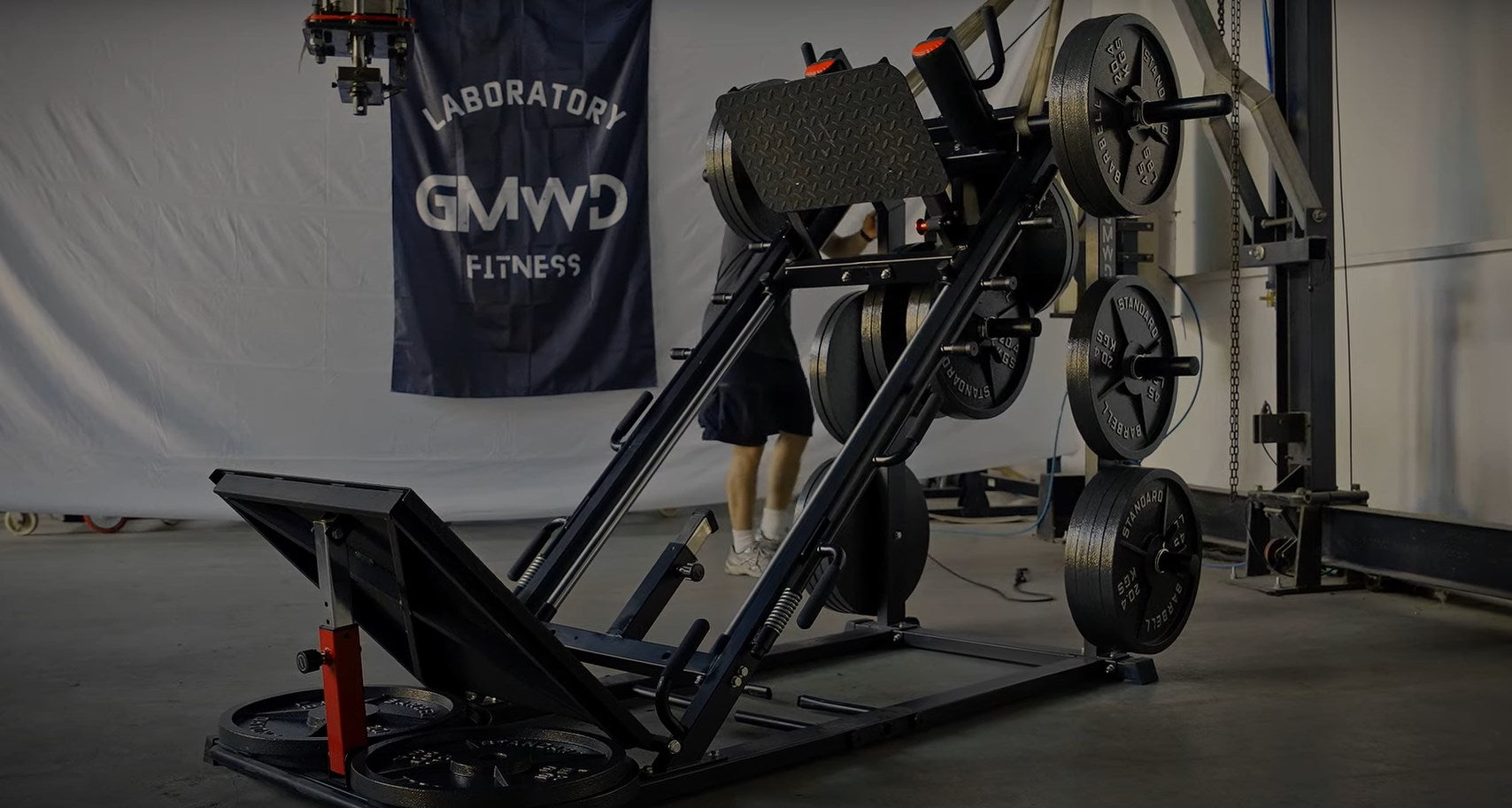
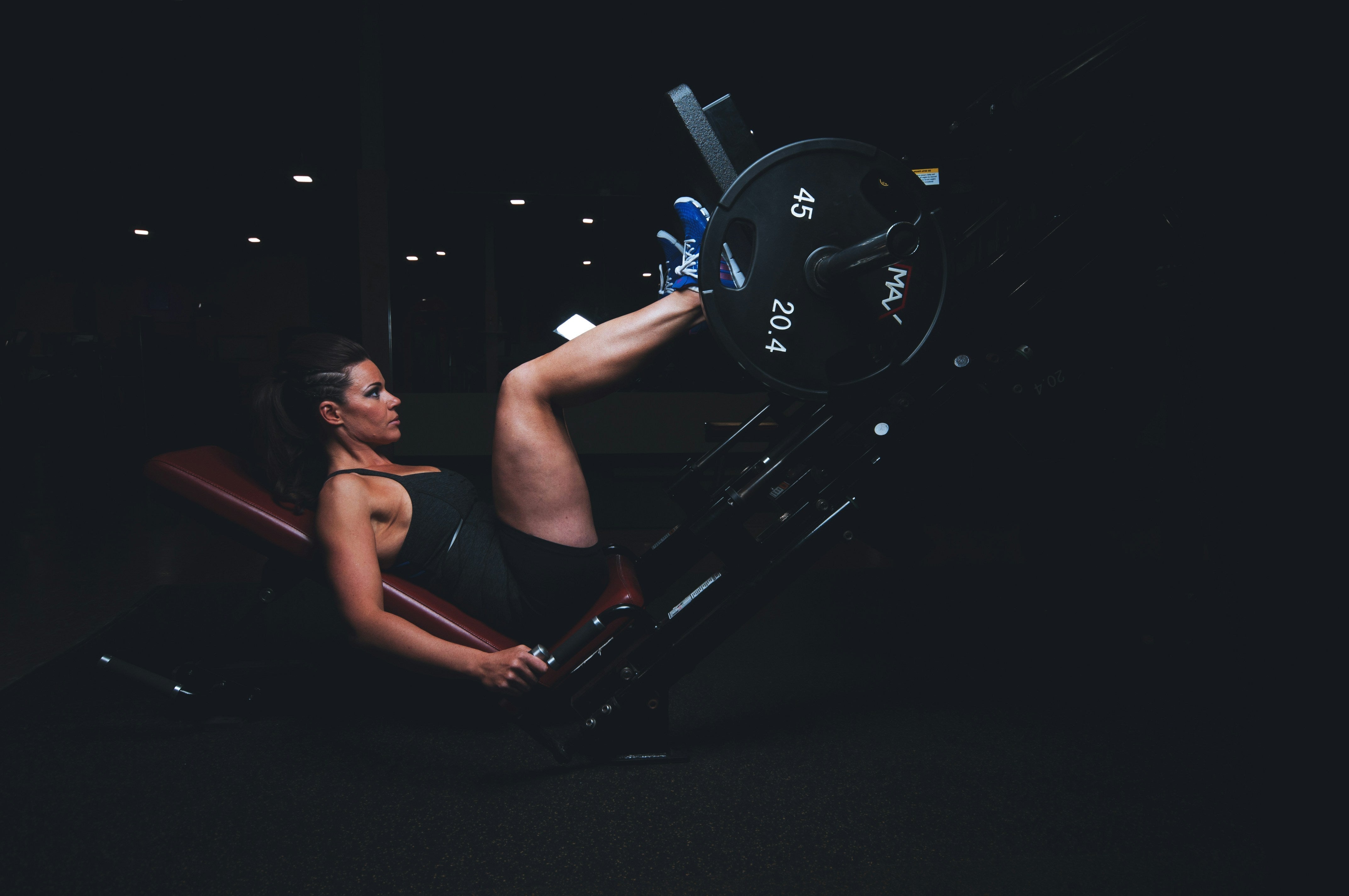
Leave a comment
All comments are moderated before being published.
This site is protected by hCaptcha and the hCaptcha Privacy Policy and Terms of Service apply.